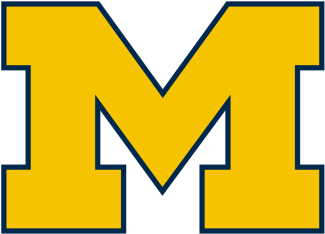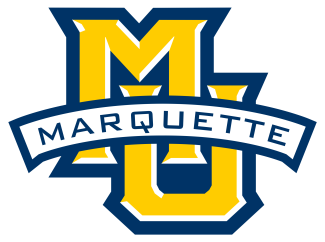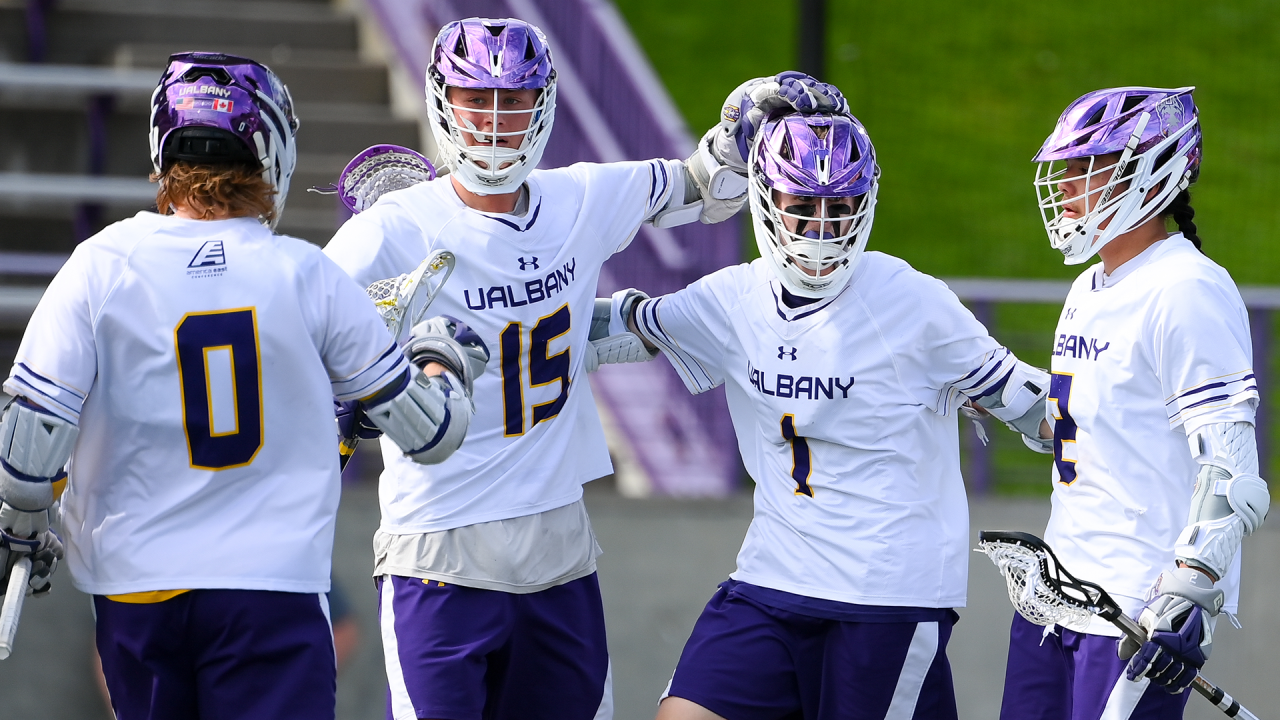21. ALBANY
2024 record: 10-8 (6-1 America East)
Last seen: Giving Notre Dame more trouble than Georgetown, Denver or Maryland could later in the NCAA tournament, leading at halftime in South Bend in a first-round game before the Irish secured a 14-9 victory,
Projected starts lost: 42 of 180 (23.3 percent)
Projected scoring departing: 71 of 357 points (19.9 percent)
Initial forecast: The Dane Train always brings a sense of joy to the proceedings, so Albany’s return to the NCAA tournament for the first time since its 2018 Memorial Day weekend breakthrough was a welcome one for casual fans.
There are a pair of glaring losses to account for: the brilliant Jake Piseno (13 goals, six assists, 44 caused turnovers), as valuable a defensive player as there was in Division I last season, and Graydon Hogg (27 goals, 15 assists), who shot 34.6 percent in his fifth college season.
But much of the offense was clustered in Albany’s freshman and sophomore classes: Silas Richmond (46 goals, 27 assists), Ryan Doherty (37 goals, 13 assists), Jackson Palumb (19 goals, 5 assists), Alex Pfeiffer (17 goals, 7 assists) and Daniel Kesselring (13 goals, 12 assists).
Scott Marr has presided over two distinct eras of standout play at Albany. There were the mid-Aughts teams with Frank Resetarits, Merrick Thomson, Jordan Levine and Brett Queener, then the Lyle and Miles Thompson-fueled seasons that led right into teams that showcased Connor Fields and TD Ierlan.
Last year might have marked the start of a third such stretch. Perhaps that’s expecting too much, but this part is clear: the Great Danes are dangerous again.



























































